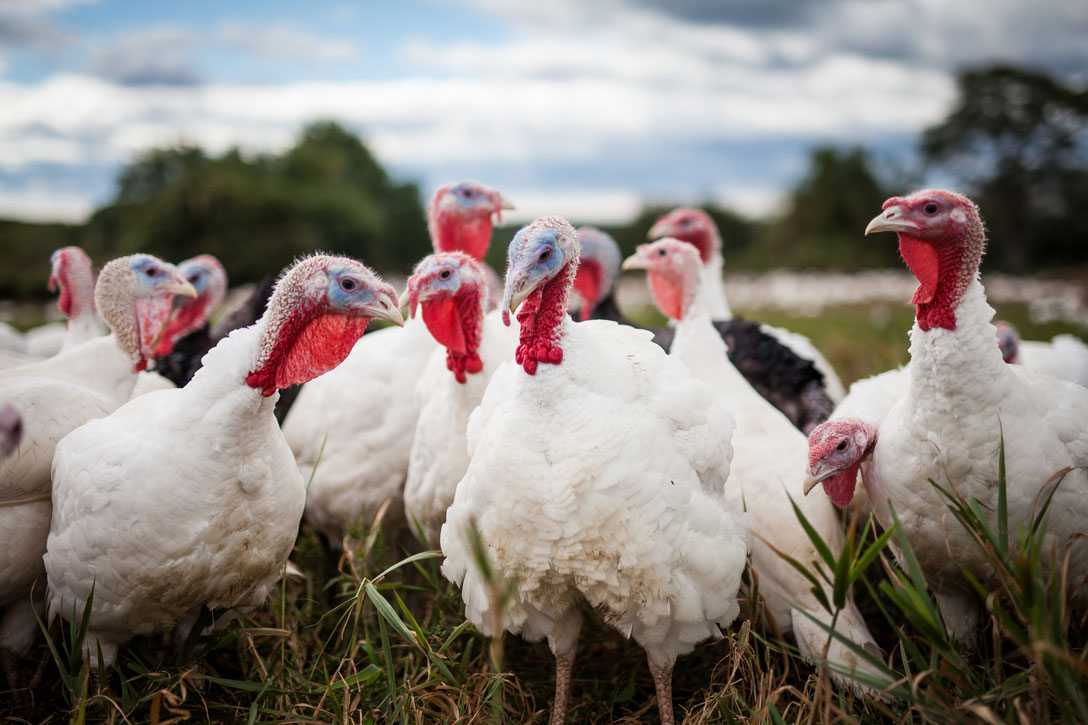antimicrobial resistance
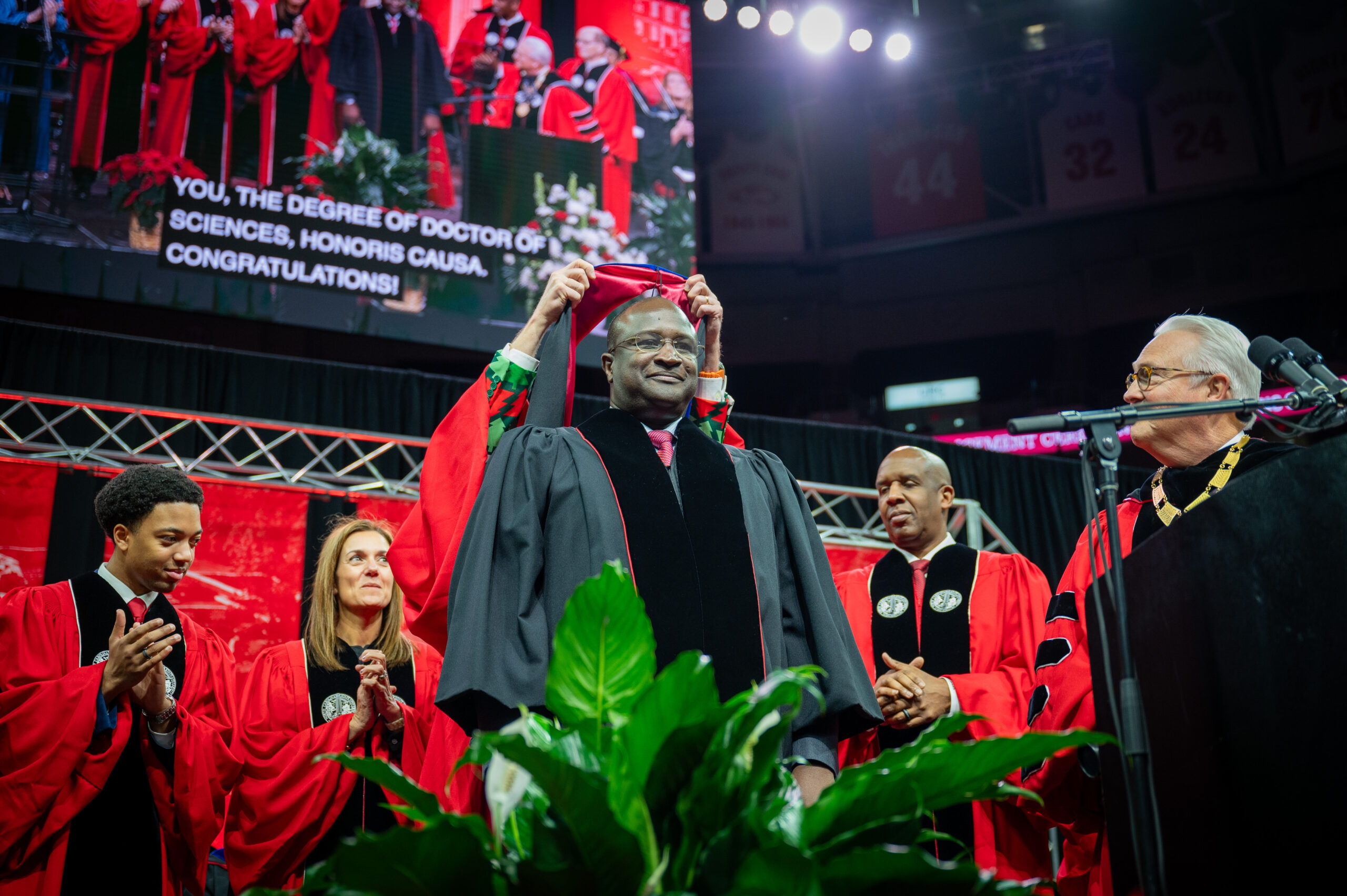
CVM Adjunct Professor, a World-Renowned Virologist, Receives Honorary NC State Degree
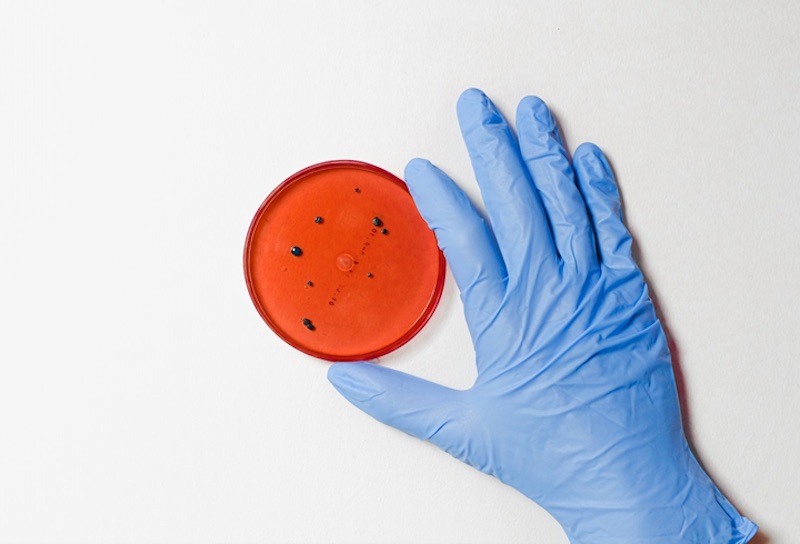
Study: Vaccination Slows Antimicrobial Resistance
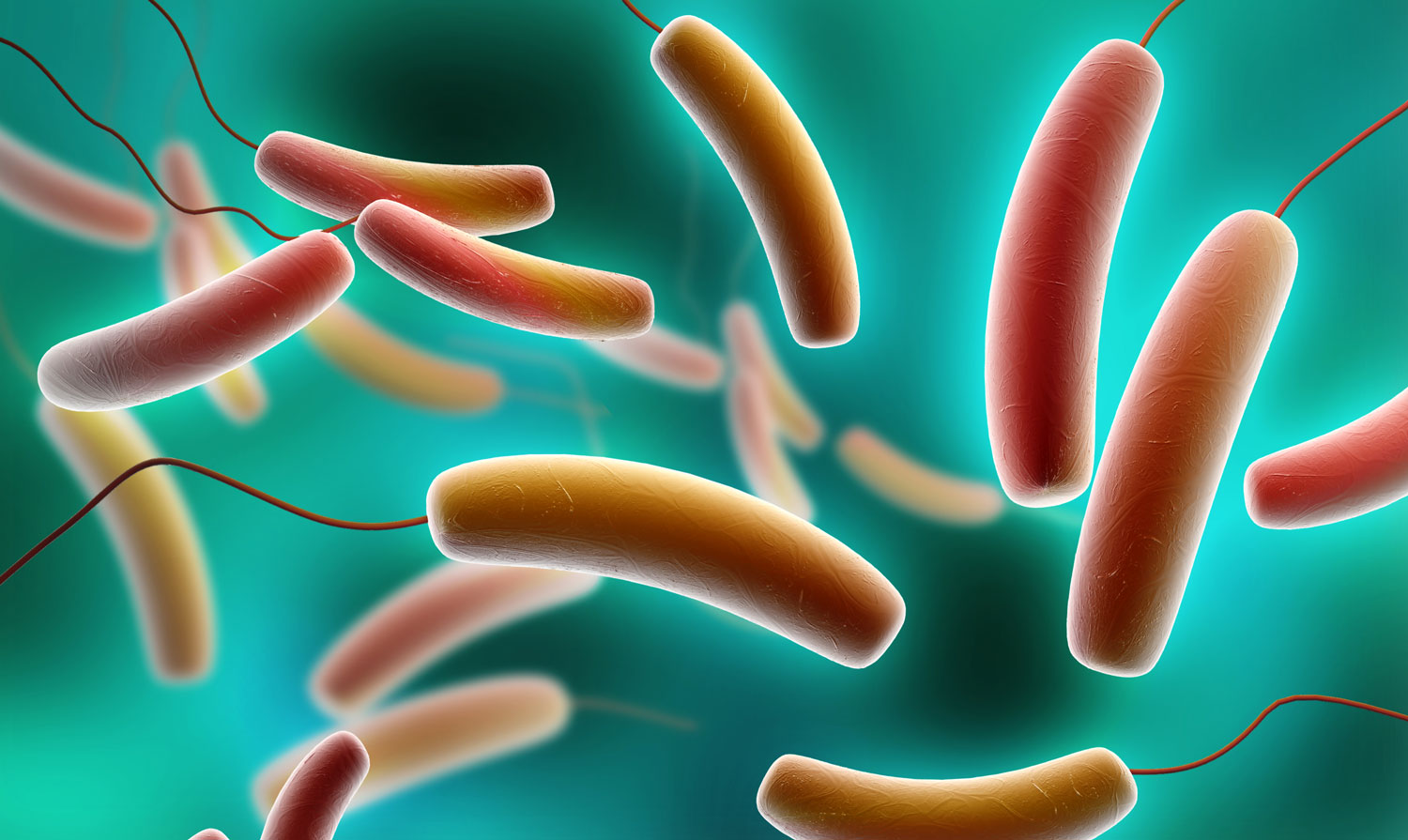
NC State College of Veterinary Medicine Research Roundup, July 2021
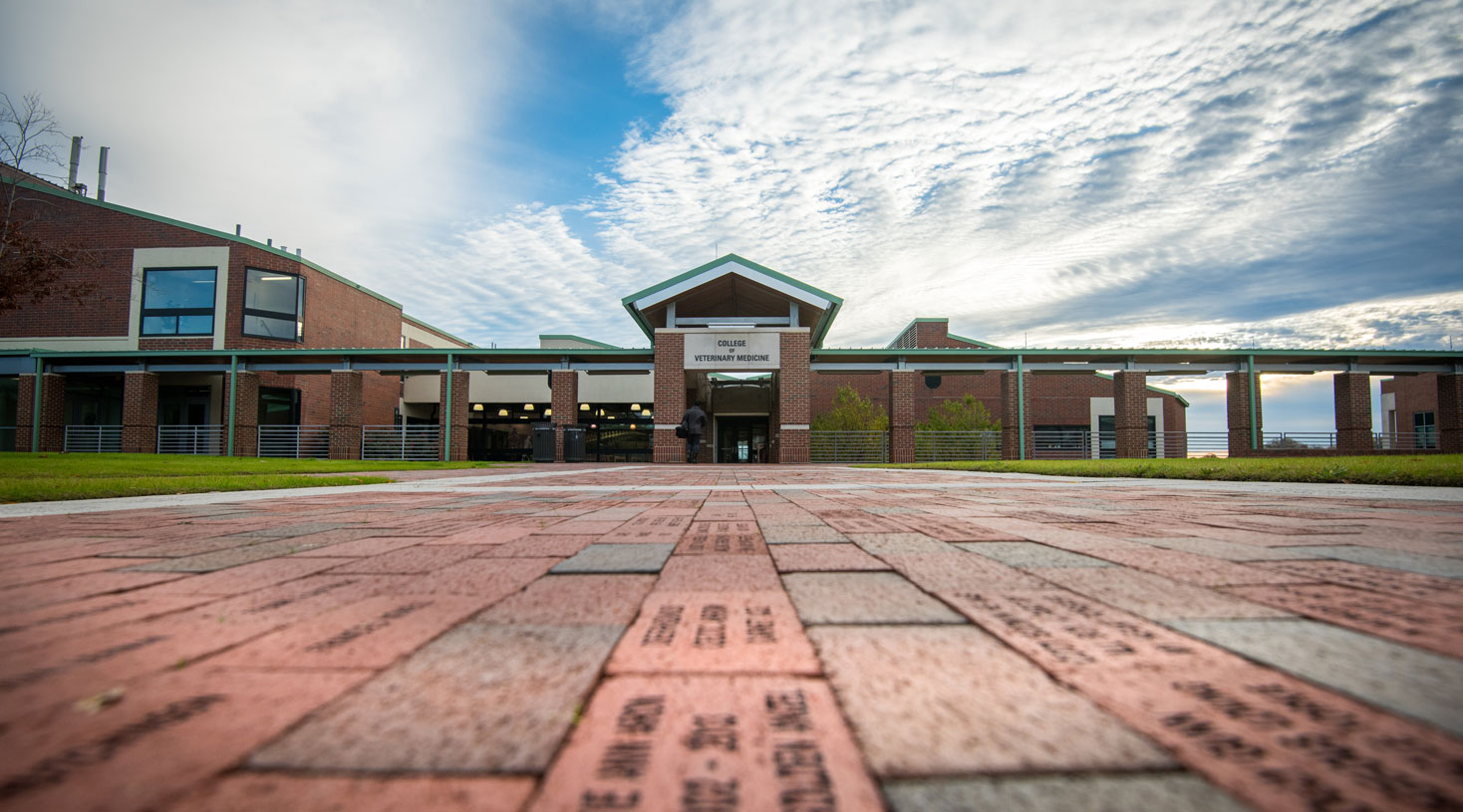
Frey Selected For NC State Impact Scholars Inaugural Class
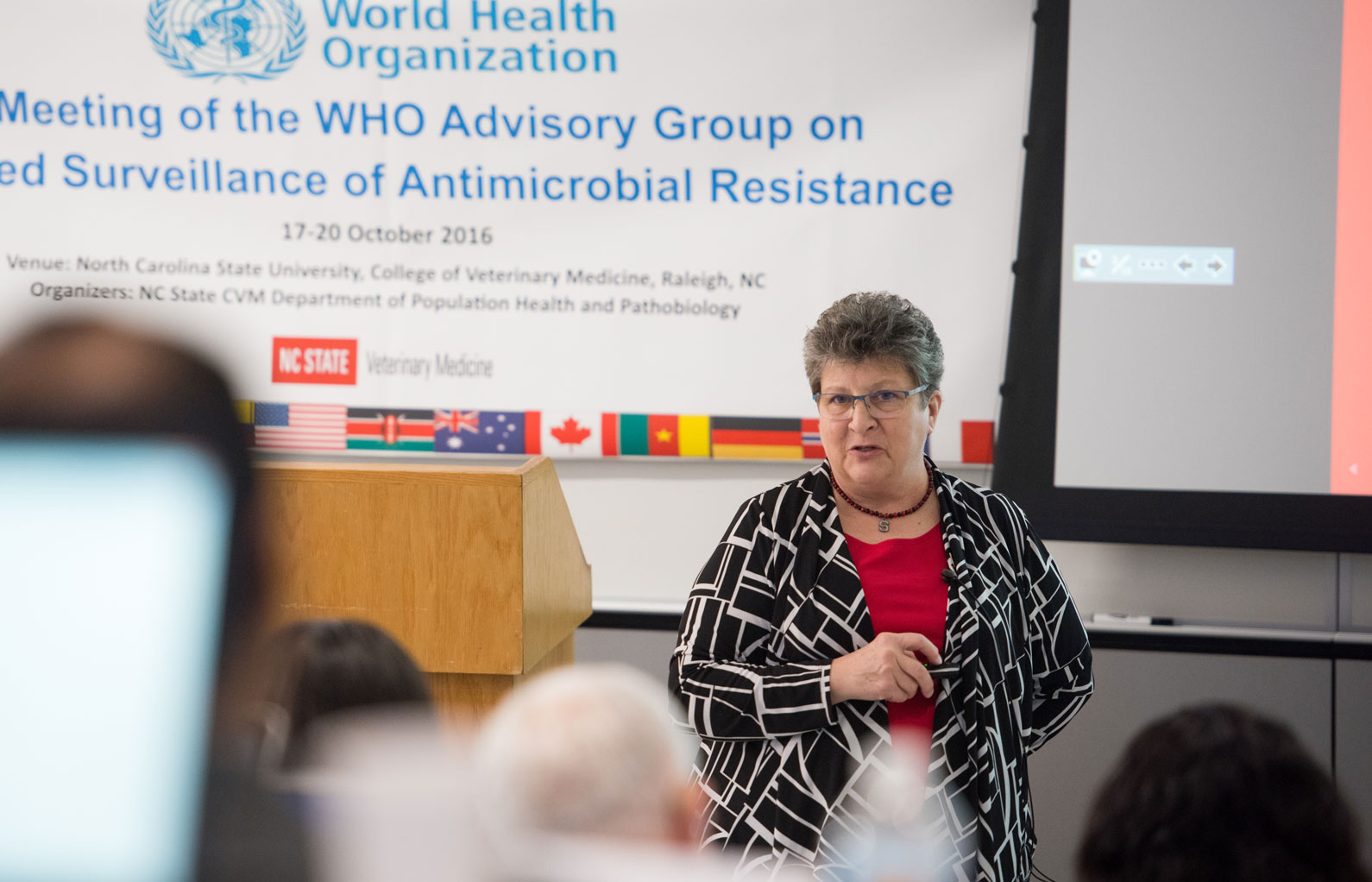
World Health Organization Launches Antimicrobial Resistance Surveillance Program Co-Developed at NC State

Stepping Back To See Antimicrobial Resistance’s Big Picture
